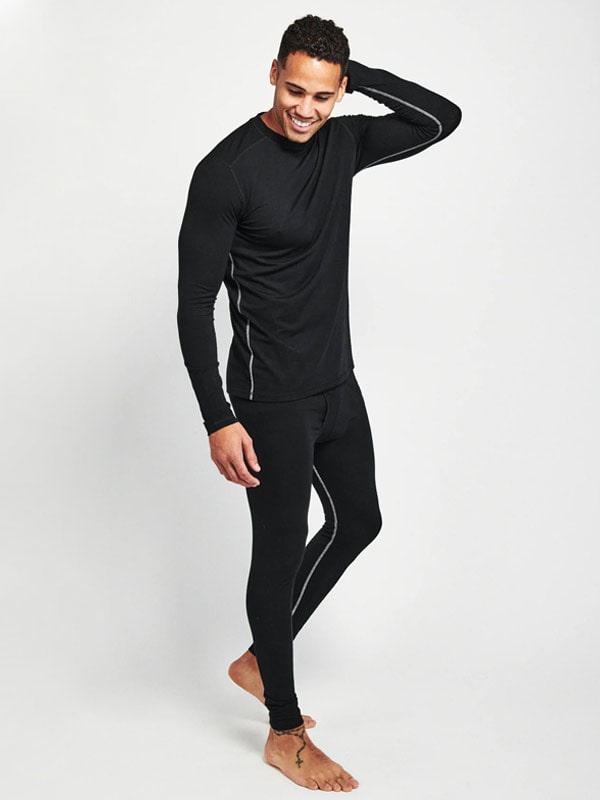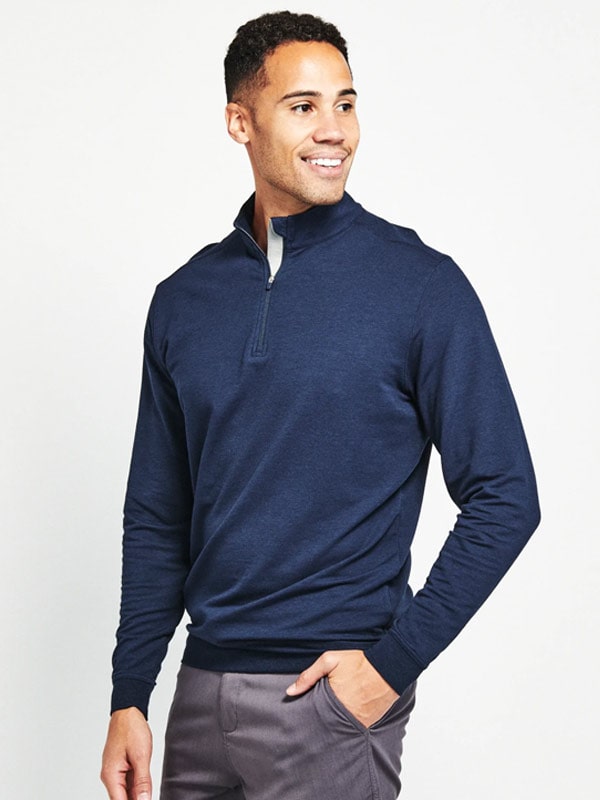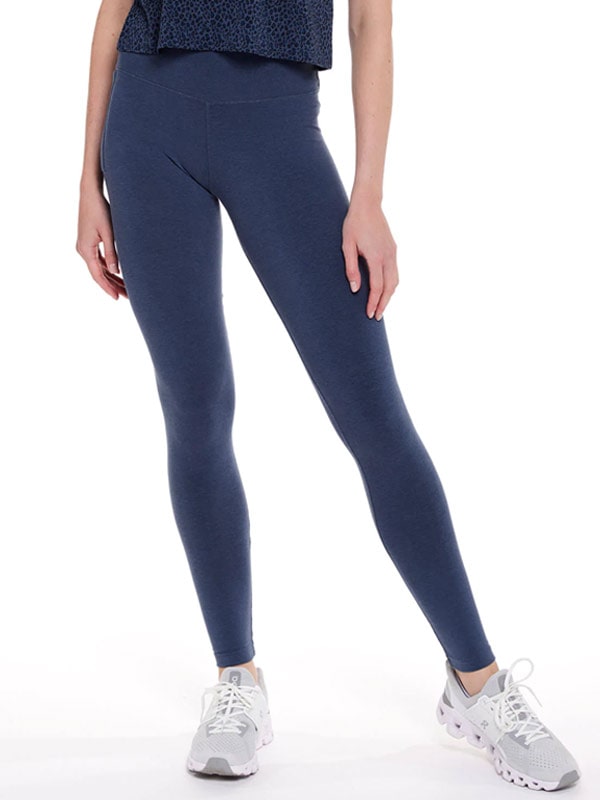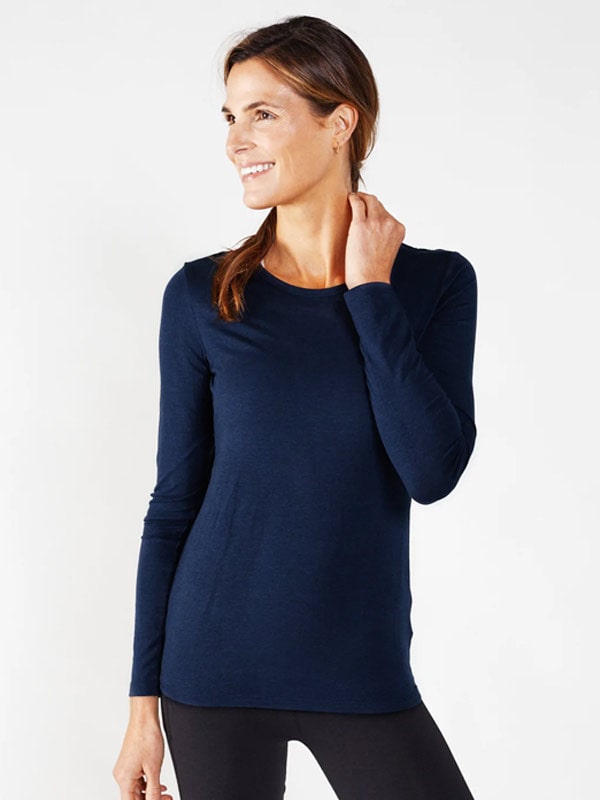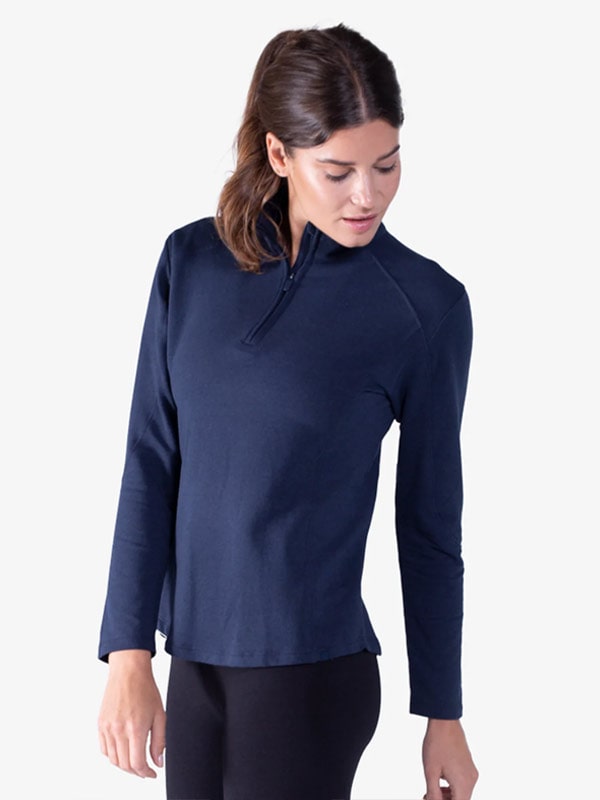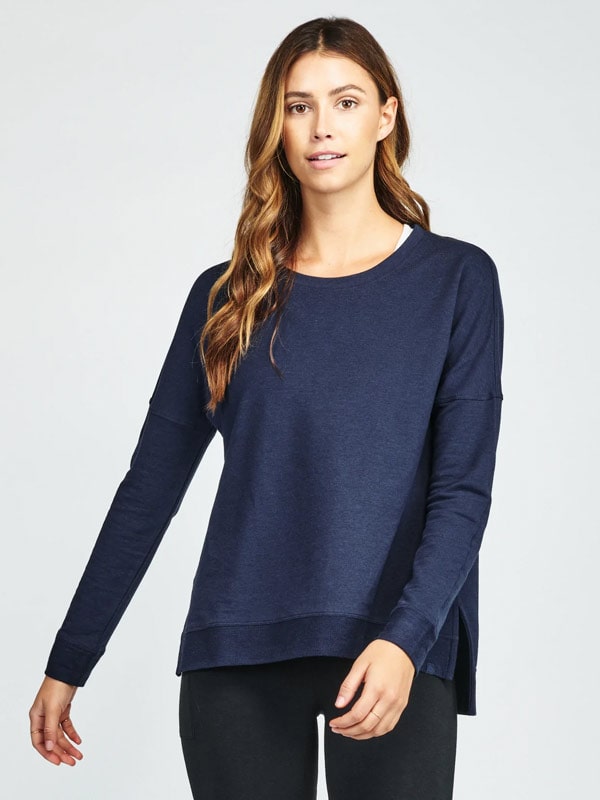Sustainable Athletic Apparel: Everything You Need to Know and Why
There are a few simple reasons why people love to wear athletic apparel. It’s extremely comfortable, it accentuates the best features of our physique, and most importantly, it gives us a huge boost of confidence and motivation to get in better shape and improve our lives.
It’s great to focus on becoming healthier and happier people with the help of the right gear, but few of us stop to think about the impact that our clothes have outside ourselves. Every choice we make has a small but real effect on the environmental, social, and economic systems of the world around us. It’s time to become more conscious of this fact.
Let’s explore the current state of sustainable athletic apparel, discuss some of the key factors at play, and offer some tips on how to incorporate more ethical practices when selecting and wearing your workout clothes.
What Is Sustainable Clothing?
We hear the term thrown around left and right on TV and social media, but it’s worth taking a second to define sustainable clothing in real terms before getting into detail.
According to experts in the field, sustainability is any set of practices that aims to avoid the depletion or degradation of environmental resources. There is also a human component to sustainability, involving the social and economic well being of populations everywhere.
Sustainable principles could be applied to any field, and we often picture wind turbines and electric vehicles when the idea comes to mind. Clothes—and in particular athletic clothing—too often goes overlooked in the grand scheme of sustainability, though it deserves a closer look.
To summarize things in simple terms, industrialized countries have pushed for quantity over quality when it comes to all aspects of production and consumption.
Manufacturers pump out millions upon millions of gym shorts, athletic tees, sweatpants, and sneakers on a yearly basis, and we buy them up without a second thought to the environment or socioeconomic implications of our decisions.
These items are typically made from materials like mesh polyester, double-knit polyester, polyester-cotton blends, nylon, spandex, polypropylene, and even gore-tex.
We love them because they feel great on the skin, offer features like moisture-wicking and four-way flexibility, and are often odor-resistant to help us stay fresh during extended workouts. For those of us just starting out in the gym, it can be hugely motivating to simply throw on a polyester tee shirt and lace up some running shoes before heading out on a run.
The harsh truth is that these materials are called synthetic for a reason—they don’t exist naturally in the environment and must be created piece by piece in factories and treatment facilities throughout the world.
What goes into making a simple stretchy tank top or a pair of fleece joggers made with polyester or nylon? First of all, a lot of water. Billions of gallons are required annually to fuel the manufacturing processes of our favorite clothes, which is a key sustainability issue for the long term, especially in developing countries.
Next, athletic clothes demand tons—literally tons—of fossil fuels, just like other consumer plastics we see in electronics, vehicles, kitchenware, and countless other products. As we all know, this is a limited resource becoming more scarce every year.
On top of those concerns, we need to face the fact that supply chains are far from sustainable, requiring massive shipments of goods overseas and further heightening the demand for damaging fossil fuels and directly impacting the health of our oceans.
Environmental repercussions span far beyond production and distribution. Some synthetic fibers emit chemicals into the water supply when washed in household washer/dryers, some of which can cause harm to more sensitive local ecosystems.
We also need to recognize that our hoodies, sneakers, and shorts tend not to be biodegradable and will likely sit in trash heaps or landfills for many decades to come before they are fully incorporated back into the earth.
Finally, there are issues pertaining to the treatment and payment of workers around the world who put in the hard physical labor to produce these goods. It’s a sensitive subject that few of us want to address head-on, but we must include it in the broader sustainability conversation if we truly aim to make lasting change.
Once you begin to recognize the full spectrum of sustainability across the entire life cycle of a product, you gain a better understanding of the issues at hand and engage with the world with a higher level of consciousness.
Rethink Your Old Workout Gear
Whether you’re a longtime fitness fanatic or you just got your first gym membership in January, you probably have a decent selection of workout apparel in your wardrobe. Even those averse to exercise enjoy wearing athletic wear because of the flexibility and comfort of the materials.
You may not be thrilled to find that much of your workout wardrobe falls short on the sustainability front, but don’t beat yourself up about it. What matters is that you’re leveling up your knowledge and starting to do the right thing from here on out.
Take an hour or so to rummage through your entire wardrobe and identify all of the athletic clothes you own. Lay them out into various categories by use and material to get a glimpse of your sustainability profile. Include other workout gear like gloves, hats, shades, straps, wraps, and any other items you’ve accumulated through the years.
Before you run out and replace all of your synthetic fiber gear with more sustainable athletic apparel, try to get the most use out of your clothes as possible. Wear those shirts and shorts until they start wearing thin, or give them away to charity.
The last thing you want to do is toss them in the trash, where they’ll sit in a landfill for countless years before they break down. This can negatively impact wildlife and the natural balance of soil and water sources.
Also, keep mental notes of which clothing items you use more often and which ones tend to sit in the drawer. A big aspect of sustainability is simply buying fewer items and maxing out the amount of use you get from each one. As you plan ahead, consider how many articles of athletic clothing you truly need to achieve your goals.
Athletic Apparel For The Future
Once you run through a complete assessment of your current workout wear, it’s time to think about what clothes you should buy moving forward.
Start by examining the materials that make up the most comfortable and sustainable clothing on the market. Avoid the chemical loaded polyesters and look for the following fabrics:
- Merino Wool
- Pima Cotton
- Bamboo Viscose
- Linen (from Flax)
- Hemp
While it will be rare to find athletic clothing made entirely from any one of these materials, you can make significant strides by purchasing items with blends of these various fabrics. Bamboo, for example, is one of the more sustainable fabrics currently on the market and offers many of the same excellent features you expect from athletic wear.
When scooping up new workout clothes, you’ll also want to do a bit of investigation into the practices and ethics of the companies you buy from. Research where the materials come from, the factories in which they’re made, the supply chains that process them, and how the companies treat their workers every step of the way.
Map out your own personal sustainability criteria and keep them in mind the next time you need to make an addition to your athletic wardrobe.
Take Steps Towards Change
Moving towards sustainability on a global level will obviously take a bit more work than buying a comfy hoodie and a pair of sweatpants, although that’s a great start. What you wear is important, but consider other ways you can promote positive change that helps heal the world and the communities in which we live.
Discuss ideas with friends in person and on social media to heighten awareness and learn as much as you can about new trends in the sustainability space. Challenge your old ways of looking at the world and upgrade your system of belief.
You have more influence than you may think in swaying the tides of change, so lead by example and inspire those around you with actions and words.
Conclusion
We have nothing but love for our favorite athletic apparel, and it’s important that we have a positive relationship with all the clothes we wear.
There’s nothing more invigorating and healthy than a great workout, but it’s time to think beyond our own personal benefits in the gym. That means getting in the know about sustainable clothing practices and jumping on board with the movement however you can.
Sources:
https://www.cnet.com/health/how-to-find-the-best-workout-clothes/
https://www.bbcearth.com/blog/?article=fashion-materials-you-didnt-realise-were-bad-for-wildlife


